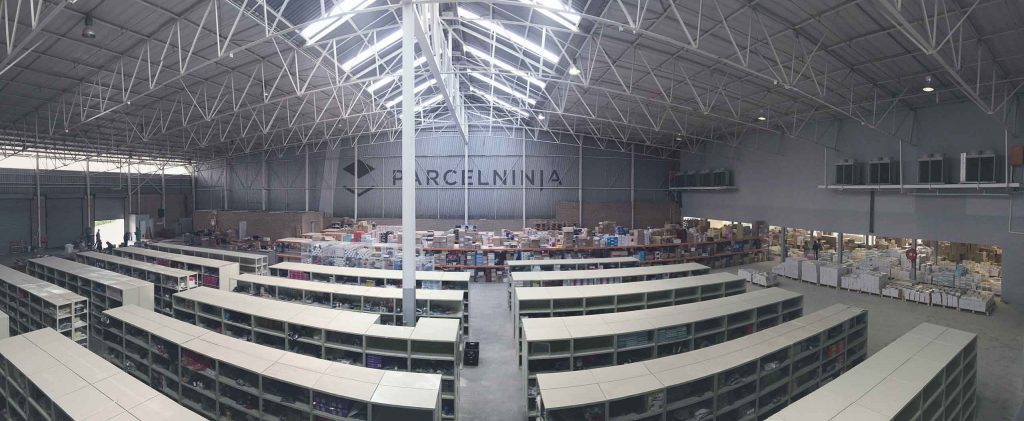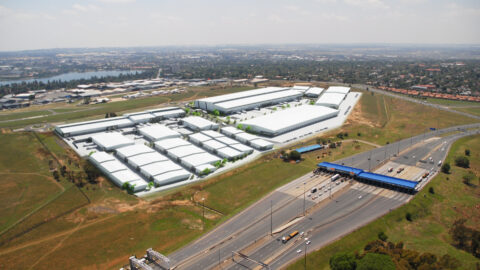Freight, Logistics and Warehousing
Customer Fulfilment – The New e-Commerce Standard
The trick to successful e-commerce is not just being able to take an order and fulfil it. It’s the way a company deals with problems when they arise.
Recently, this author participated in a recall of a product, a saga that could be followed by the chain of apologetic and frustrated letters sent out by the recaller’s rep. Communication between the vendors, the courier and the customer seemed unclear. Almost nothing in the process happened as it should have done.
Yet in contrast, when a purchase from one of South Africa’s largest online retailers turned out to be faulty, it was replaced in a snap. The whole experience was seamless. But this is not a surprise, says Justin Drennan, co-founder of fulfilment centre Parcelninja.
“The standard of e-commerce has changed radically and features such as same-day delivery or real-time tracking are becoming normal,” Drennan says. “This is why Takealot is winning by miles.”
A few years ago you were happy if your goods purchased online arrived at all. Today, shoppers in major urban centres can reasonably expect same-day or next-day delivery. This is the new standard for e-commerce in South Africa. But can everyone compete?
E-commerce’s Slow Rise
“From our perspective, we have definitely seen the local e-commerce market grow over the past two years. Our shipments more than doubled this year compared to the same time last year,” says Anita Schutte, business manager of uAfrica. “The combination of an increase in demand for online goods and technological advancement in terms of setting up an online store has created a favourable environment for entrepreneurs to enter the e-commerce market.”
Companies such as uAfrica and Parcelninja provide “logistics as a service”. There are differences between them, but both aim to fill the gap between e-commerce retailers and customers, making sure goods are packed, warehouses are managed and the appropriate couriers are used for the job. These services are aimed at e-commerce retailers who can’t afford their own value chain or prefer to aim their focus on customer experience, not logistics.
Such a choice is strategically sound: local e-commerce retailers are all competing for a pool of middle-class consumers where service is more important than savings.
E-commerce in South Africa is more about convenience than cost, although both elements are reflected in the purchasing demographic. According to the South Africa e-Commerce 2018 report, published by market research firm Narratiive, roughly a third of e-commerce customers in the country have a university degree, followed by people with technikon qualifications, then those with matric as their highest qualification. The most popular products are just as telling: event tickets, travel tickets, books, reservations, fashion items and electronics frequent the top, a picture almost unchanged from the 2017 report. Of reasons given for using online shopping, 41 per cent cited some type of convenience and 14 per cent cited special offers. Only six per cent cited cheaper prices.
In other words, e-commerce in SA is distinctly middle class, driven by value and convenience, not cost. This is putting pressure on the performance of the logistics value chain, explains Neil Gouveia, Africa’s sales director for Zebra, a vendor of logistics capture and tracking technologies.
“Customers have become more demanding,” Gouveia says. “SA lags a little because there isn’t enough focus on customer experiences. But this is changing. People want a good experience and there must be a good investment in this.”
Three barriers hamper that customer experience, as well as e-commerce’s expansion: the availability of delivery networks, dealing with returns, and overcoming poor addressing. But it is heartening to see that service providers are increasingly on top of these.
The Service Difference
Poor addressing also plagues middle-class purchases. In response, modern logistics platforms integrate the retailer’s customer details directly with waybill systems.
“We always advise e-commerce merchants to add a delivery address check before shipping an order as it is a lot easier and cost-effective to amend an address before the parcel has been handed over to the courier,” Schutte says. “If the address is incorrect, it can lead to not only delivery delays, but also lost and damaged parcels.”
The most challenging barrier is arguably the return of goods, known in the trade as reverse logistics. Local e-commerce outlets, particularly those started by more traditional retailers, often overlook this value-adding service — not the least because it isn’t easy to establish. Whereas Takealot accomplished reverse logistics by controlling its fulfilment supply chain, many others aren’t capable of it.
“Many retailers go into e-commerce, but don’t invest enough on a visible and efficient supply chain,” explains Gouveia, adding that too many still focus on efficiencies such as lowest costs and not on the customer experience. Philosophically, this is the difference between having the right systems in place or not.
But, most agree, things are changing for the better. South Africa’s e-commerce services sector is quite mature and well integrated with modern technology solutions. The shortfalls are more around the country’s slow economy limiting consumer growth, as well as poor implementations of e-commerce shopfronts that don’t take advantage of the available logistics technologies.





